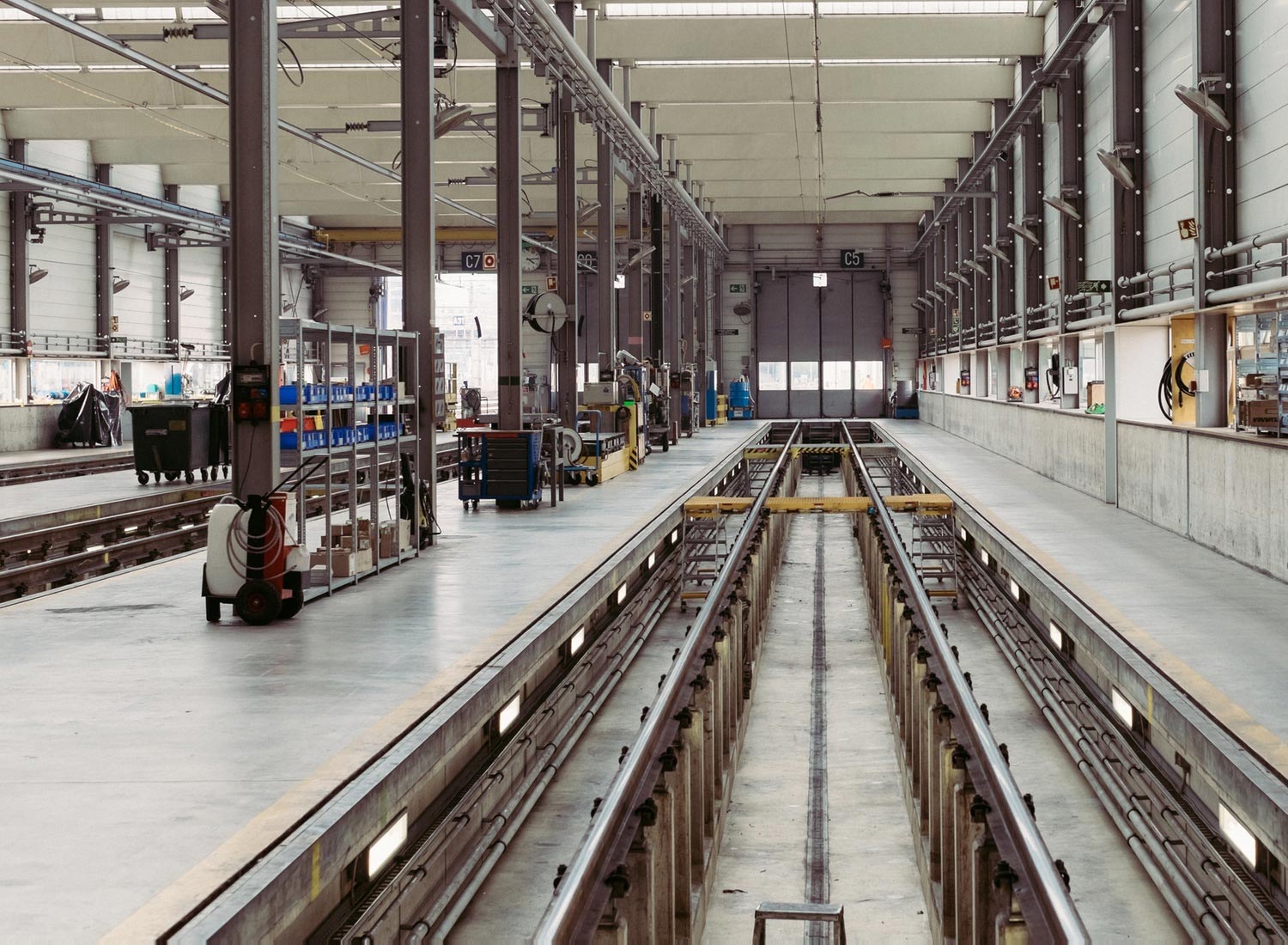Labelling
Labelling is usually carried out in-house, either by hand or by machine, depending on the type of label. Sticky labels can be produced by us and affixed by hand, whilst ‘Cheshire’ labels are laser printed directly onto sheets, which are then cut and the labels applied to the envelopes by machine.A laser printer is capable of churning out 20 pages a minute with 32 addresses to a page. Whichever method of labelling you choose, the technology involved in the job ensures that it will take hours rather than days like it used to.
Folding
In practically every case, there is a machine to do the job and folding is no exception. Machinery will fold hundreds of sheets per hour and each item will then be placed in the right order for inserting into the envelope. Alternatively we can hand fold more sophisticated combination
Collating
When there is more than one item to go into an envelope it is important to think about which order you want them to be inserted.Sometimes they are better going in one at a time, but there are occasions when different items need to be collated and put in as one item. This is usually achieved by folding the introductory letter around the remaining contents, and is a job which is done by hand, very quickly by our operatives.
Inkjet Address
Inkjet printing is a flexible and versatile method of applying an address to an envelope or package. We are frequently asked to apply names and addresses by inkjet to the address carrier.During the same process we can also add extra information to your envelope, such as the reply address on the back, or a company logo on the front. Inkjet printing is cost effective since it by-passes the need for specially printed labels
Inserting:
An essential component of any direct mailing exercise! The best technology will provide the quickest service for our customers, and ensures multiple insertions in the right order for your enclosed mailing.Usually a machine can enclose an average of 4,000 items per hour. Alternatively, if the insertion is of a larger or non-standard size operatives can insert between 500 and 1,000 items by hand per hour each!
Mail Sort:
The quicker and more efficiently a mailing can be sorted at our end, the more likely it will be subject to discounts from the Royal Mail. Mail houses will sort each item by postcode, and band together those items with similar postcodes, bagging and labelling them separately, before passing them to Royal Mail for delivery. There are various conditions and discounts associated with this service.


